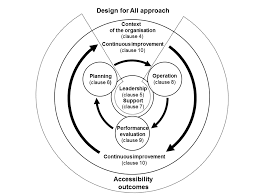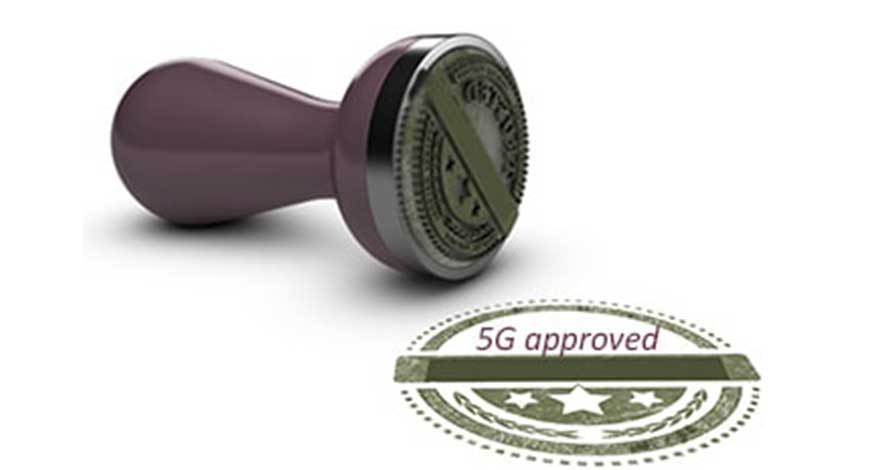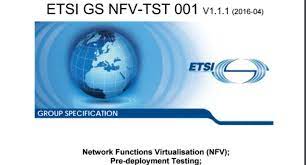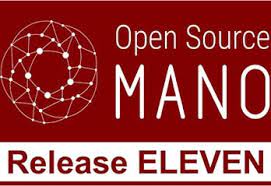Bureau of Indian Standards (BIS), national standard development body of India, has published Indian Standard IS 17802-"Accessibility for ICT Products and Services, Part 1: Requirements" which is a technical adoption of European Standard EN 301 549 v3.2.1 as developed by CEN, CENELEC and ETSI. Modifications to Indian Standards have been made to adapt it to India and are limited to referencing the relevant regulatory context (Rights of Persons with Disabilities Act, 2016) and the official languages of India. Part-2 for this Indian Standards published, to determine the conformity assessment is under formulation at BIS.
Today our smartphones and tablets are fundamental for citizens and hold a wide range of user data and apps. At the same time, security attacks have increased with malicious applications and network eavesdropping. To define security and assurance requirements for smart phones and tablets, mitigate potential risks and protect users, ETSI has released a world class standard called Consumer Mobile Device Protection Profile, ETSI TS 103 732. The specification identifies key security and privacy risks for user data and provides appropriate protection. The new ETSI standard specifies security requirements for consumer mobile devices. It ensures the protection of key user data such as photos, videos, user location, emails, SMS, calls, passwords for web services, and fitness related data.
The ETSI specification has a broad coverage of security features including cryptographic support, user data protection, identification and authentication, security management, privacy protection, resistance to physical attack, secure boot, and trusted communication channels.
ETSI DECT-2020 NR, the world’s first non-cellular 5G technology standard, has been recognized by the WP5D of the International Telecommunication Union’s Radiocommunication Sector (ITU-R) and included as part of the 5G standards in IMT-2020 technology recommendation. Dr. Günter Kleindl, Chair of the ETSI Technical Committee DECT, says: “With our traditional DECT standard we already received IMT-2000 approval by ITU-R twenty-one years ago, but the requirements for 5G were so much higher, that we had to develop a completely new, but compatible, radio standard.” Released last year, the standard sets an example of future connectivity: the infrastructure-less and autonomous, decentralized technology is designed for massive IoT networks for enterprises. It has no single points of failure and is accessible to anyone, costing only a fraction of the cellular networks both in dollars and in carbon footprint.
The IoT standard, defined in ETSI TS 103 636 series, brings 5G to the reach of everyone as it lets any enterprise set up and manage its own network autonomously with no operators anywhere in the world. It eliminates network infrastructure, and single point of failure - at a tenth of the cost in comparison to cellular solutions.
The ETSI Industry Specification Group (ISG) for Network Functions Virtualization (NFV) has started working on its next specification release, known as "Release 5”, officially kicking off the new Release technical work after their September meeting.
The Release 5 work program is expected to drive ETSI NFV’s work into two main directions: consolidating the NFV framework and expanding its applicability and functionality set. On the one hand, some aspects of the NFV concepts and functionalities that have been addressed in previous Releases, but need additional work, will be further developed in Release 5. For instance, based on development, deployment experience and feedback collected during testing events such as the “NFV/MEC Plugtests” additional work on VNF configuration was deemed necessary. Another example is the more detailed specification work related to fault management modelling which aims at further defining faults and alarms information to improve interoperability during network operations, for root cause analysis and fault resolution in multi-vendor environments.
ETSI is pleased to announce OSM Release ELEVEN. Committed since its foundation to the alignment with ETSI standardization work, this release completes the adoption of two new ETSI NFV specifications, ETSI GS NFV-SOL004 and ETSI GS NFV-SOL007 for package formats. Standards adoption is part of the OSM vision to enable interoperability and a large and healthy NFV ecosystem. In addition, Release ELEVEN includes significant functional extensions in areas such as interoperability with public clouds, interaction with cloud-native environments and integration of network functions of different natures.
OSM is also aligning with the most recent market needs, by implementing the latest technologies for managing Containerized Network Functions (CNFs). This is a major differentiator in the orchestration space, and an important requirement for deploying 5G network functions and higher.










